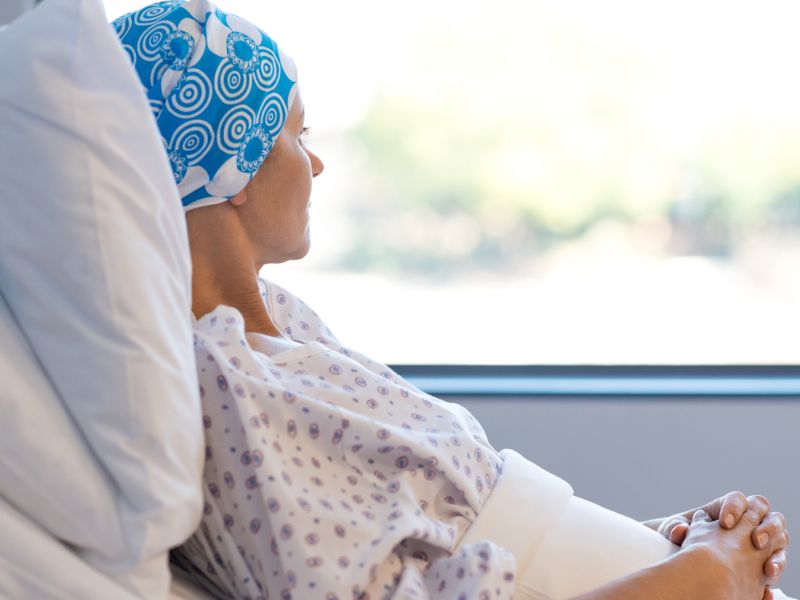Breast Cancer Care Far From Home for Rural Patients


FRIDAY, Feb. 21, 2020 — As rural hospitals and specialty care units close, a new study shows that some breast cancer patients are forced to travel long distances for their treatments.
University of Minnesota researchers found that those living in rural parts of the United States travel three times as far as urban women for radiation therapy.
The study, led by Ph.D. student Colleen Longacre, analyzed Medicare data from over 52,000 women diagnosed with breast cancer between 2004 and 2013.
With Google maps, the researchers calculated the distance between where the women lived and their place of treatment.
For rural women, the nearest radiation facility was 21.9 miles away, on average. Urban women had to travel less than 5 miles to get treatment, the findings showed.
The report was published online recently in The Journal of Rural Health.
“Radiation treatment is not just a one-time thing,” Longacre explained in a university news release. “Conventional radiotherapy requires treatment five days per week for five to seven weeks at a time. This means that the average rural woman logs more than 2,000 miles of travel over the course of treatment.”
Longacre’s team also investigated the characteristics of women who traveled longer distances, either by choice or necessity. The findings showed that the severity of the cancer was not a factor. Those who chose to travel longer distances to a clinic were younger, married or from higher income areas than those who traveled shorter distances for treatment.
“Basically, how far someone travels for treatment says more about the person than their cancer,” Longacre noted.
Looking ahead, Longacre is studying the barriers to care that distance creates, and the potentially deadly ramifications of these barriers.
More information
The U.S. National Cancer Institute has more on radiation therapy.
Source: Read Full Article